It’s simple, really: Brand performance indicators matter because they show how well your brand is connecting with people and building loyalty.
Keeping an eye on them helps you tweak your strategies and make smarter moves to grow your brand and drive sales.
Here are the top brand performance indicators you can use to measure your brand.

10 key brand performance indicators
1) Brand awareness
Brand awareness is a foundational brand metric that tells you how familiar people are with your brand, whether they recognize your name, logo, or product category. For product marketers, it’s an essential starting point in brand tracking efforts. After all, consumers can’t consider or buy what they don’t know exists.
Awareness is often measured through surveys or digital indicators like search volume, website traffic, or social media impressions. It’s also useful to look at top-of-mind awareness, where respondents name your brand first in a category – that's a sign of strong brand presence.
To calculate, marketers typically use the percentage of people who recognize your brand in a survey or track shifts in search trends over time. Segmenting this data by audience, geography, or channel can give more actionable insights.
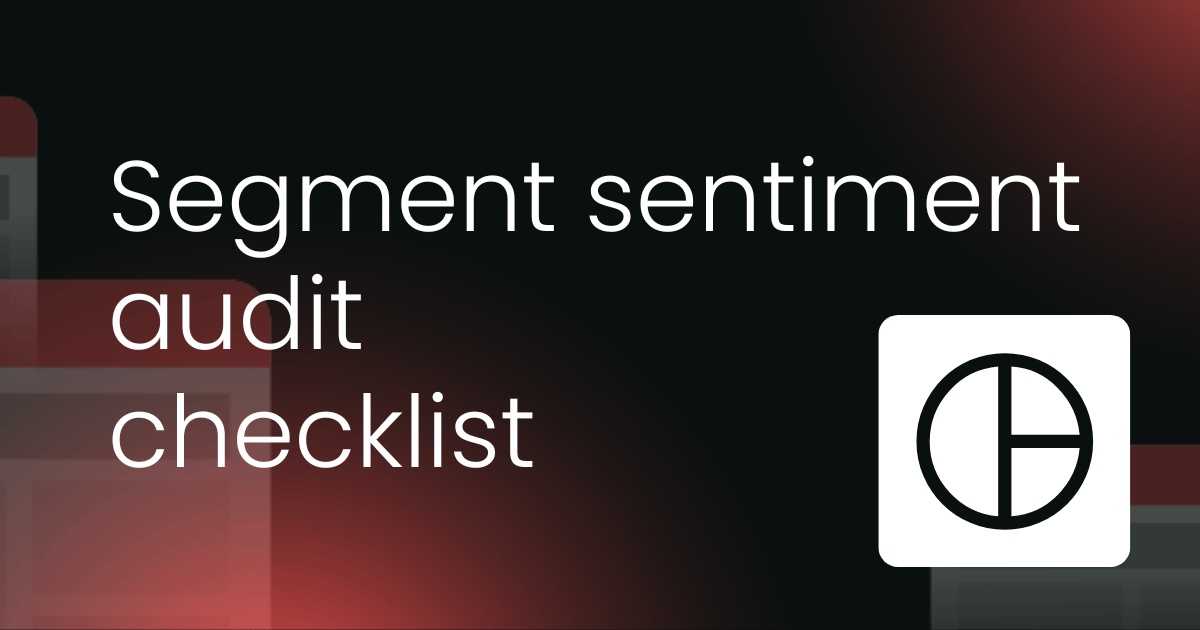
2) Brand recall
Brand recall takes awareness a step further. It measures whether consumers can remember your brand without being prompted. It’s one of the more valuable brand measurement tools for evaluating how strongly your brand is positioned in consumers’ minds.
For example, if someone is asked to name a brand of bottled water and says “Evian” without being shown any list, that’s successful recall. Marketers typically measure this through unaided survey questions.
A simple way to calculate it is: (number of respondents who mention your brand ÷ total number of respondents) × 100.
Improving recall often comes down to consistent branding, strong visuals, and emotionally resonant messaging that makes your brand stand out.
3) Brand perception
Brand perception reflects how your target audience feels about your brand, whether they see it as trustworthy, innovative, affordable, or perhaps outdated. This is where brand sentiment comes into play.
It's a vital brand metric because it captures the emotional response your brand evokes. Product marketers can use perception data to compare current sentiment against their desired positioning.
This is typically measured through surveys, focus groups, and social listening tools that analyze tone and keywords in online conversations.
While it’s harder to quantify than other metrics, perception scores or sentiment distributions (positive/neutral/negative) can be tracked over time to spot shifts.
Regular brand tracking of perception helps marketers proactively manage reputation and pivot messaging when needed.
4) Customer satisfaction (CSAT)
Customer satisfaction, or CSAT, measures how pleased customers are with a specific experience or interaction – usually right after a purchase or customer service contact. It’s a key piece of brand health, though somewhat short-term in nature.
Product marketers benefit from this metric because it provides immediate feedback on how well the product is delivering value. It’s often measured via a survey question like, “How satisfied were you with your experience today?” on a 1–5 scale.
To calculate: (number of satisfied customers ÷ total responses) × 100.
It’s worth noting that CSAT alone doesn’t paint the full picture – pairing it with retention or NPS can give a deeper view of overall customer sentiment.
5) Net promoter score (NPS)
NPS is a widely used brand measurement metric that gauges customer loyalty by asking, “How likely are you to recommend our product or service to a friend or colleague?”
Respondents rate from 0–10 and are classified as Promoters (9–10), Passives (7–8), or Detractors (0–6).
NPS is calculated by subtracting the percentage of Detractors from the percentage of Promoters. It’s more than a number – it’s a pulse check on brand sentiment and customer experience.
For product marketers, high NPS signals strong advocacy, which often leads to organic growth. The real magic happens when you follow up with qualitative questions to learn why people gave their scores, uncovering key insights that drive product or messaging improvements.
6) Brand loyalty
Brand loyalty measures how often customers repeatedly choose your brand over competitors. It’s a critical metric for understanding long-term customer relationships and predicting revenue consistency.
Product marketers often monitor loyalty by looking at repeat purchase rates, customer lifetime value (CLV), or renewal rates.
The basic formula is: (number of repeat customers ÷ total customers) × 100.
However, loyalty isn’t just about frequency – it’s about emotional connection and perceived value. Marketers should consider running loyalty surveys or analyzing churn data to identify what’s keeping customers engaged or what might be pushing them away.
7) Market share
Market share tells you what portion of total category sales your brand owns, making it a vital high-level brand measurement metric. It reflects not just your performance, but how you're faring against the competition.
To calculate: (your brand’s total sales ÷ total market sales) × 100. Product marketers often track market share as part of broader brand tracking efforts to understand whether growth is coming from customer acquisition or category expansion.
Keep in mind that market share doesn’t always tell the full story – especially in fast-changing industries. Complementing this data with customer feedback and brand sentiment gives you a more complete picture of your standing in the market.
8) Purchase intent
Purchase intent measures how likely a customer is to buy your product in the near future. It's an important forward-looking metric that can guide campaign planning, product launches, and forecasting.
Typically, it’s assessed via surveys asking, “How likely are you to purchase [brand/product] in the next 30 days?”
You can calculate intent strength by dividing the number of respondents who answer “likely” or “very likely” by the total number of responses, then multiplying by 100.
While high intent is a good sign, product marketers should cross-reference it with behavioral data like cart activity, pricing feedback, or funnel drop-off points to understand what might still be blocking conversion.
9) Social media engagement
Social media engagement reflects how actively people are interacting with your brand on platforms like Instagram, X (Twitter), LinkedIn, or TikTok. It’s a great real-time brand tracking tool to measure brand sentiment, content resonance, and campaign impact.
Engagement includes likes, comments, shares, mentions, and saves. A simple formula is: (total engagements ÷ total followers) × 100.
However, not all interactions carry equal weight. High-quality engagement, like positive mentions or influencer interactions, can signal strong brand health and a deeper connection.
Use sentiment analysis tools to dig into the why behind the engagement and uncover how your audience really feels.
10) Share of voice (SOV)
Share of voice is a strategic brand measurement metric that tracks how much of the conversation your brand owns compared to competitors. It can apply to media coverage, social chatter, or paid ad impressions.
Calculated as (your brand’s mentions or impressions ÷ total mentions in your category) × 100, SOV is often used alongside market share to assess excess share of voice – a key predictor of future growth.
Product marketers should monitor this regularly as part of their brand tracking routine.
Keep in mind, though, that not all mentions are good ones; SOV needs to be balanced with sentiment analysis to ensure you're not just being talked about, but talked about positively.
How these brand metrics interconnect
While each brand metric on its own provides a valuable signal, the real power lies in how they work together to tell a complete story. Brand tracking isn’t about watching a single number in isolation, it’s about seeing patterns and relationships that help you make smarter decisions.
For example, imagine you’re seeing high brand awareness but low purchase intent. That disconnect might suggest your messaging is grabbing attention but not converting interest into desire, maybe the product positioning isn’t quite right, or the value proposition isn’t clear.
On the flip side, if you have strong NPS but declining market share, that might indicate a passionate but too-narrow user base. In that case, it’s time to expand your reach without alienating loyal customers.
Similarly, brand sentiment and brand perception go hand-in-hand: if your social media engagement is high but sentiment is skewing negative, your brand might be in the spotlight for the wrong reasons. That insight should prompt a closer look at what’s being said and how to shift the narrative.
In short, these metrics are like different dials on the same dashboard. One might spike while another dips, and it’s your job as a product marketer to figure out why. Tracking them holistically helps you identify not just symptoms, but root causes. That’s when brand measurement becomes truly strategic.
Recommended tools for brand tracking and measurement
To keep tabs on these metrics consistently and effectively, you’ll want to lean on a solid toolkit. Here are a few tried-and-true platforms that product marketers often turn to for brand tracking:
1. Brandwatch – Great for tracking brand sentiment, share of voice, and social media engagement across channels. It also offers powerful visualizations to map trends over time.
2. Qualtrics – Ideal for running brand perception, CSAT, and NPS surveys. It’s robust, customizable, and integrates well with CRMs and customer journey tools.
3. Sprout Social or Hootsuite – These platforms help you monitor brand engagement, track mentions, and analyze social sentiment in real time. They also make scheduling and reporting easy.
4. Google Trends – Useful for monitoring brand awareness based on search interest over time. It's free and can be an early indicator of shifting market interest.
5. SurveyMonkey or Typeform – Great for running simple, cost-effective brand recall, perception, or loyalty surveys. Their UX is clean and easy for customers to respond to.
6. HubSpot or Salesforce – If you’re already using a CRM, many of these platforms offer built-in tools for measuring loyalty, retention, and even NPS, tying brand health directly to business performance.
The key is consistency. Pick the tools that best fit your brand’s maturity and goals, then commit to tracking over time. That’s how product marketers build a truly data-informed brand strategy.
Final thoughts
At the end of the day, brand performance isn’t just about numbers, it’s about understanding how your brand lives in the minds and hearts of your customers. For product marketers, the real value of brand tracking and brand measurement lies in turning these metrics into action.
The key is to treat these indicators not as static scores, but as a living pulse of your brand. The more consistently you track and respond to them, the more effectively you can grow a brand that not only performs, but lasts.





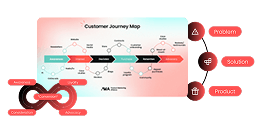




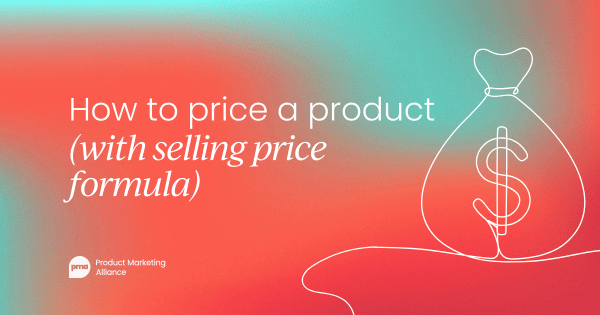

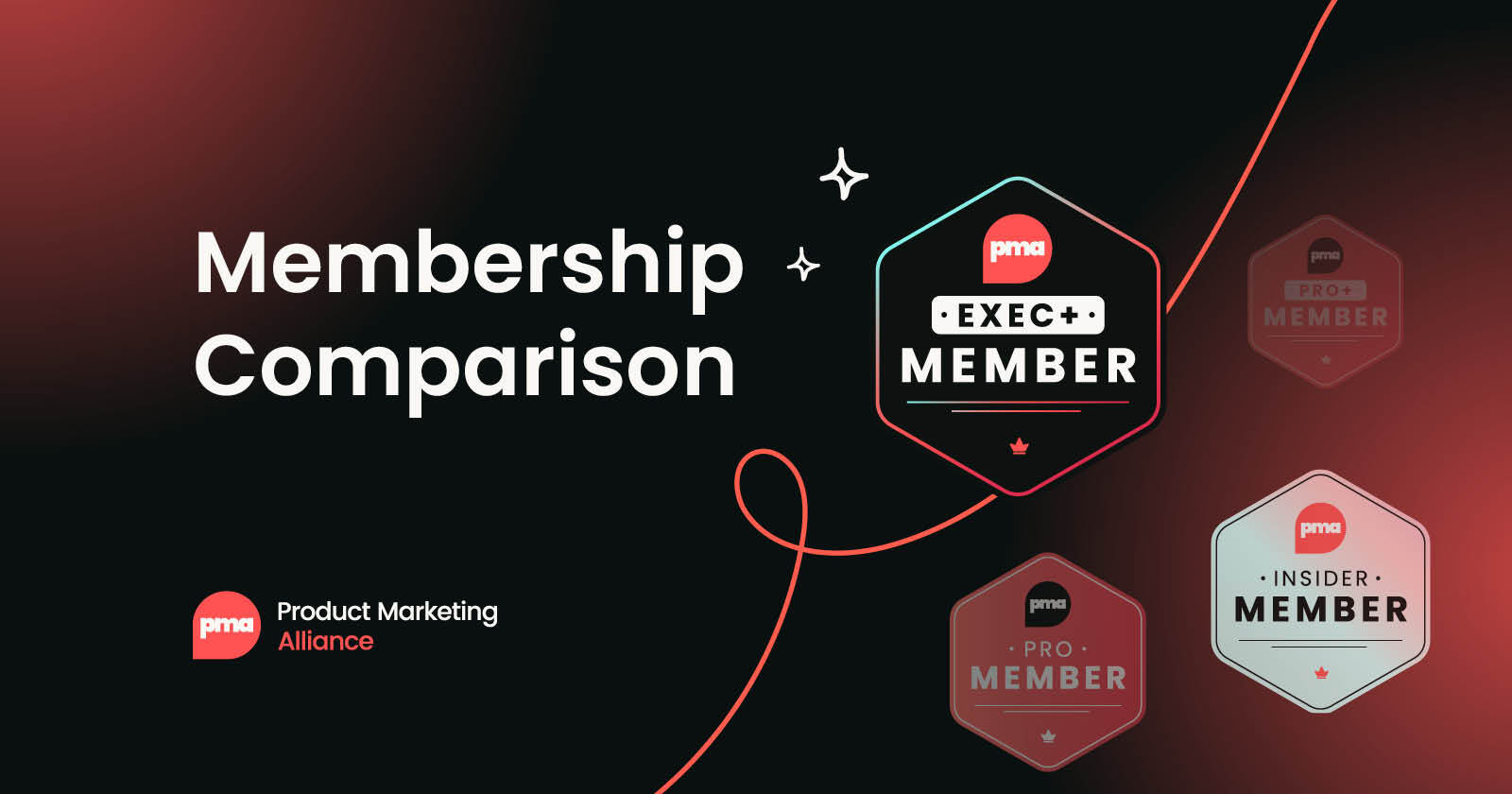

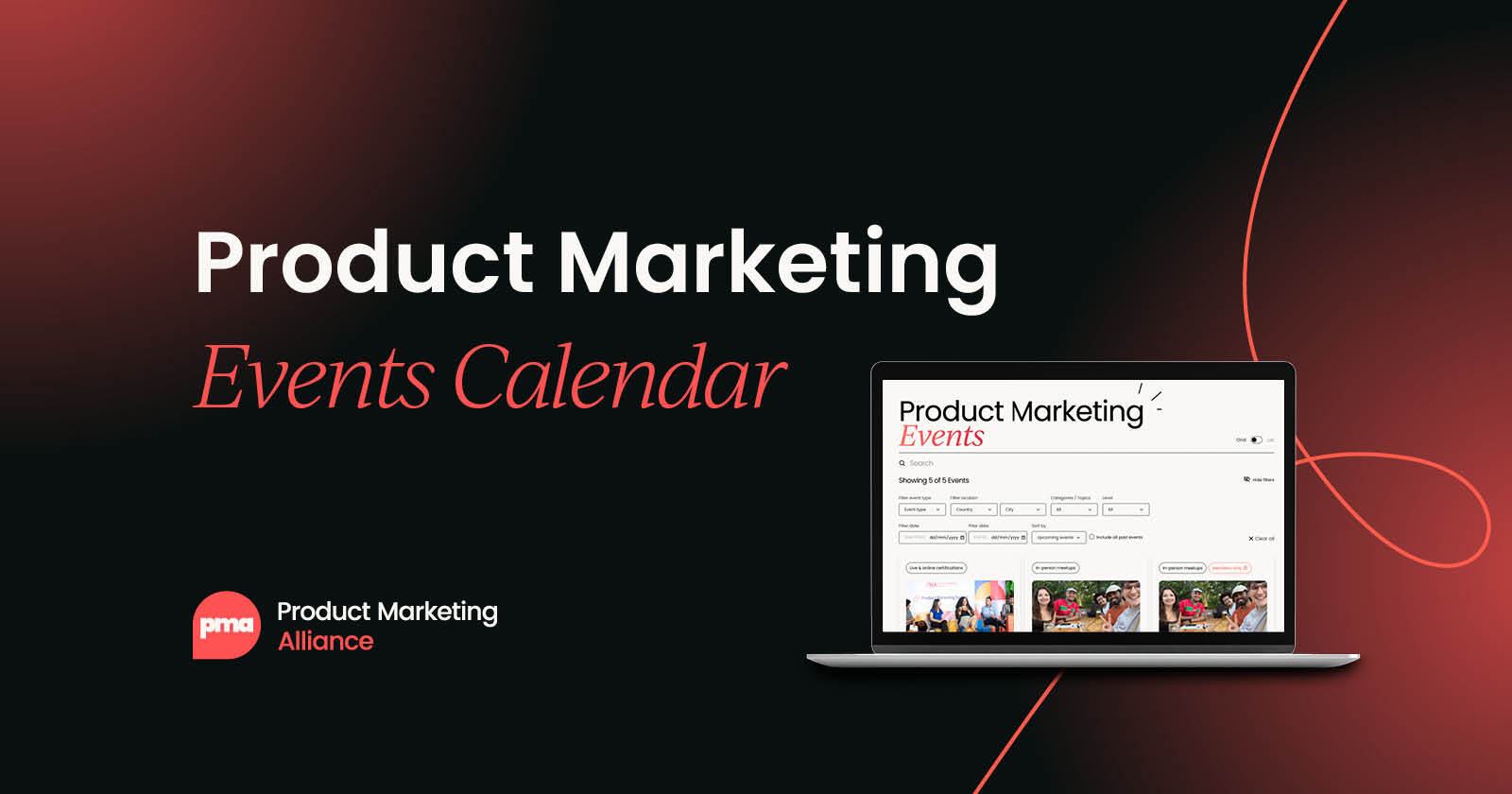
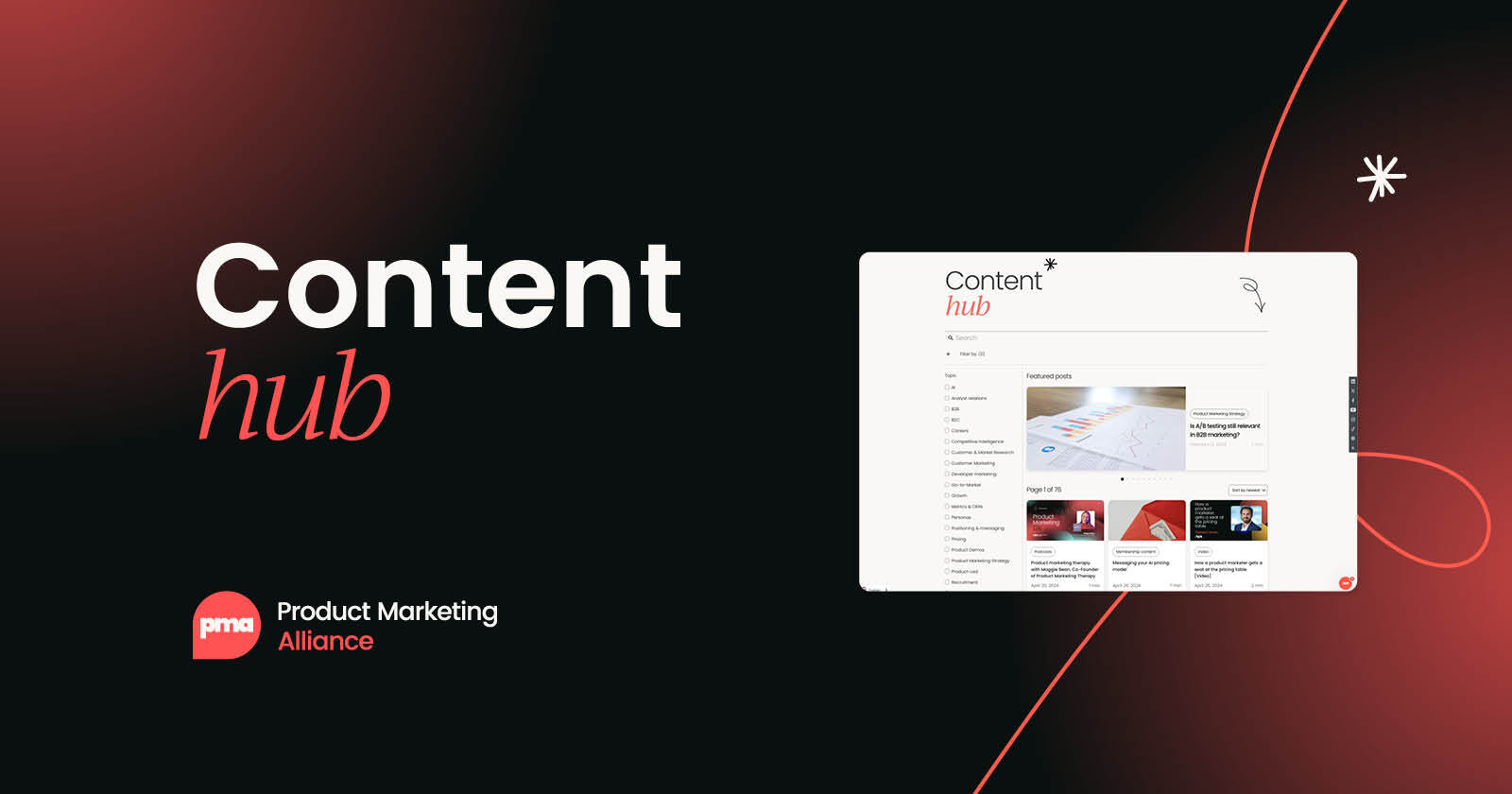

 Follow us on LinkedIn
Follow us on LinkedIn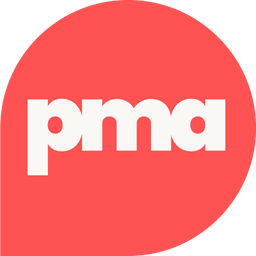
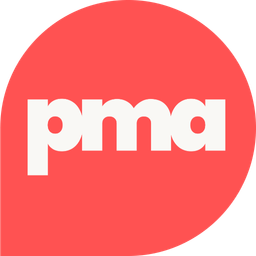





.svg)
Start the conversation
Become a member of Product Marketing Alliance to start commenting.
Sign up now